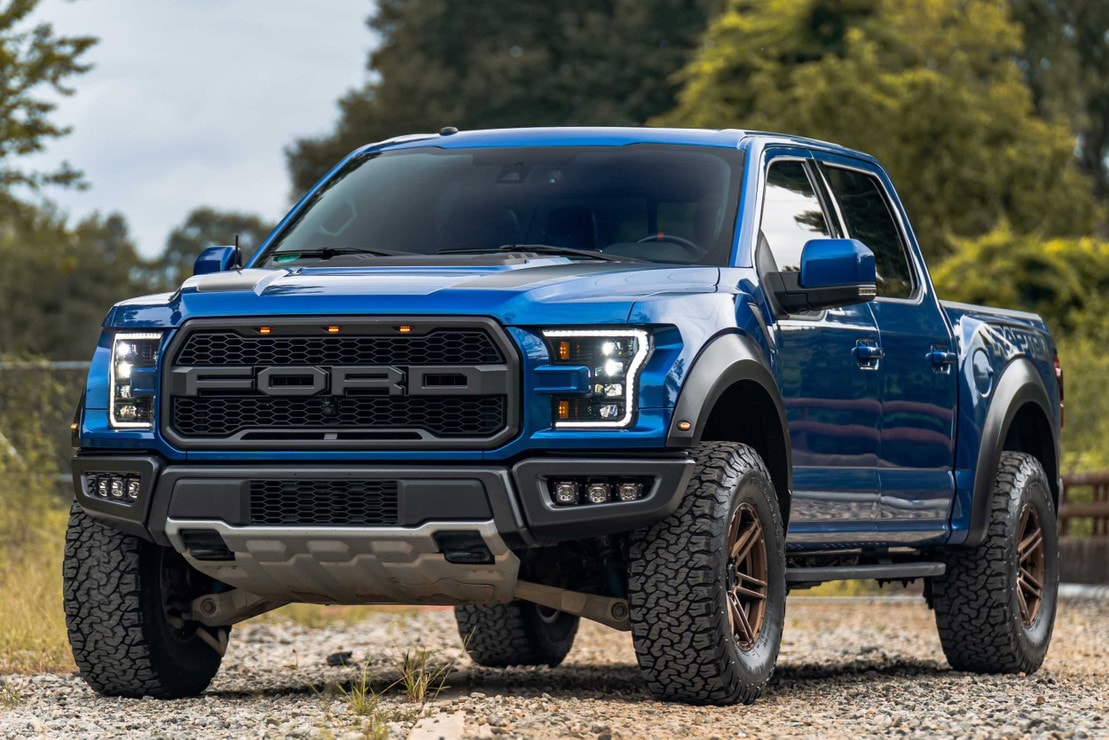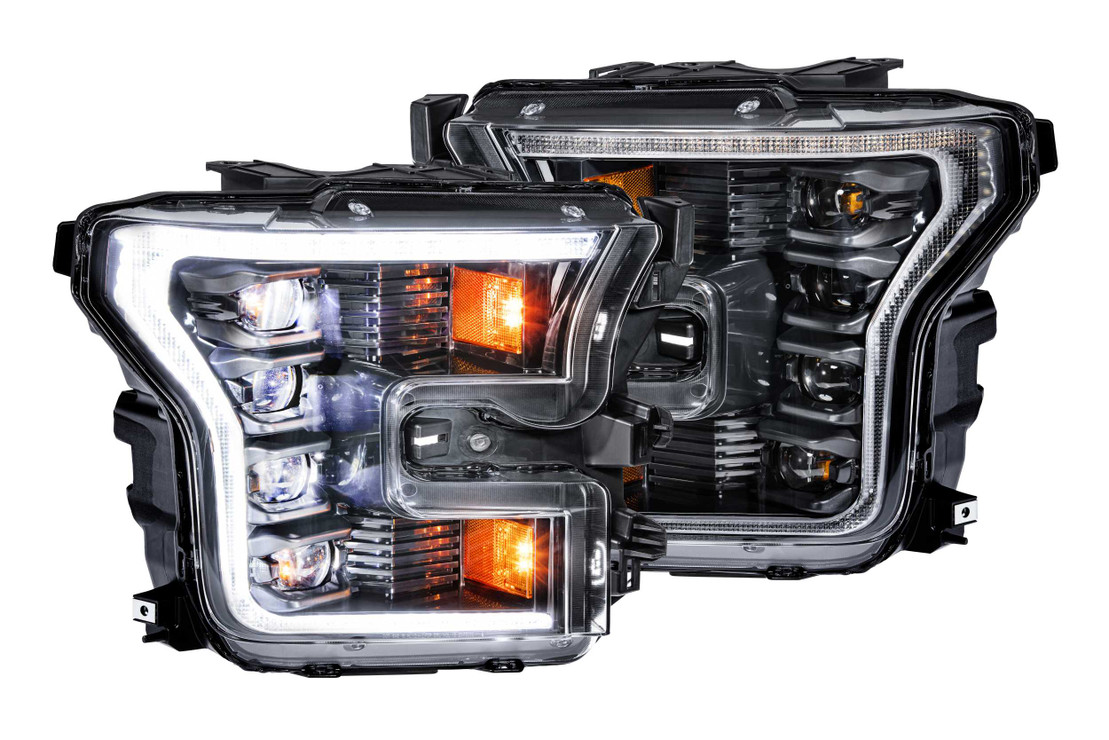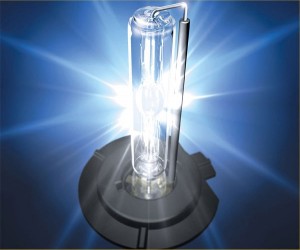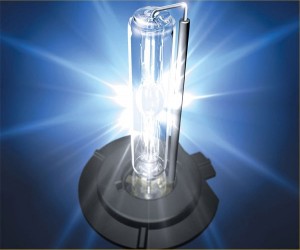Imagine you're driving on a bright, sunny day. You glance in your rearview mirror and notice a car approaching. It's not the color of the car or its sleek design that catches your eye, but the glow of its lights. Those are daytime running lamps (DRLs), and they're more than just a fancy feature. They're a safety essential that can make your vehicle stand out on the road.
What's the Deal with Daytime Running Lamps?
Daytime running lamps are like the unsung heroes of a vehicle's lighting system. They're not there to light up the road for you but to make your vehicle more visible to others. These lights automatically switch on when your vehicle is in motion, casting a white, yellow, or amber glow that's hard to miss.
The way DRLs work can vary from one vehicle to another. Some might use specific lamps, while others might operate low-beam headlamps or fog lamps at full or reduced intensity. Some even use high-beam headlamps at a lower intensity. But no matter how they're implemented, their goal is the same: to maximize safety, reduce glare, and prevent other vehicles from overshadowing yours.
The Safety Dance of Daytime Running Lamps
You might be wondering, "Do DRLs really make a difference?" Well, a study by the U.S. National Highway Traffic Safety Administration found that DRLs don't significantly reduce the frequency or severity of most collisions. However, they do reduce the involvement of light trucks and vans in two-vehicle crashes by a significant 5.7%. So, while they might not be a magic shield, they do add an extra layer of safety.

How Ambient Light Plays a Role
The concept of daytime running light was first introduced in Scandinavian countries, where winter days are persistently dark. As the ambient light levels increase, the potential safety benefit of DRLs decreases. However, the DRL intensity required for safety improvement increases. So, in darker regions like the Nordic countries, DRLs are about three times more beneficial than in brighter regions like the United States.
Daytime Running Lamps and Our Two-Wheeled Friends
Motorcycle advocacy groups have raised concerns about the use of headlamp-based DRLs on cars and other vehicles. Why? Because it means motorcycles are no longer the only vehicles displaying headlamps during the day. This could potentially make motorcycles less conspicuous and more vulnerable. Some researchers suggest that amber DRLs should be used exclusively on motorcycles, while others believe that the luminous area of a daytime running lamp can significantly influence its effectiveness.
The Green Side of Daytime Running Lamps
DRLs are not just about safety; they also have an environmental impact. The power consumption of DRLs can vary widely, from 5 watts for a dedicated LED system to over 200 watts for a system that includes headlamps and all parking, tail, and marker lights. Because the power to run the DRLs comes from the engine, which requires burning additional fuel, high-power DRL systems can increase CO2 emissions. That's why low-power solutions are being encouraged, especially in Europe, where DRLs became mandatory in 2011.
A World Tour of Daytime Running Lamps
Let's take a trip around the world to see how different places use daytime running lamps.
European Union and Australia
From the European Union to Australia, the use of DRLs varies across the globe. In some places, like the E.U., all passenger cars and small delivery vans first approved on or after February 7, 2011, are required to come equipped with daytime running lights. In others, like Australia, DRLs are permitted but not required. However, the Australian College of Road Safety advocates making DRLs mandatory rather than optional.
Nordic Countries
In the Nordic countries, where winter days are often dark, DRLs have been a requirement for many years. Sweden was the first to mandate DRLs in 1977, followed by Finland, Norway, Iceland, and Denmark.
United Kingdom
In the United Kingdom, vehicles first used on or after April 1, 1987, were briefly required to be equipped with a dim-dip device or functionally dedicated daytime running lamps. The dim-dip system operated the low beam headlamps at between 10% and 20% of normal low beam intensity.
Canada
Canada requires DRLs on all new vehicles made or imported after January 1, 1990. The regulation was similar to those in Scandinavia, with an axial luminous intensity limit of 1,500 cd.
United States
In the United States, the story is a bit different. After Canada mandated DRLs, General Motors petitioned the U.S. National Highway Traffic Safety Administration in 1990 to permit U.S. vehicles to be equipped with DRLs like those in Canada. The proposal for DRL intensity reduction was rescinded in 2004, pending a review and decision on a petition filed by General Motors, seeking to have NHTSA mandate DRLs on all U.S. vehicles.

FORD F-150 (15-17): XB LED HEADLIGHTS
Starting at $1,715
The Final Word on Daytime Running Lamps
Daytime running lamps are more than just a stylish feature on your vehicle. They're a safety measure designed to make your vehicle more visible to other road users, reducing the risk of accidents. While their use varies across different countries, the trend is towards making them a standard feature in all vehicles.
As a driver, it's important to understand how they work and the benefits they offer. So, the next time you see those lights in your rearview mirror, remember: they're not just there to look pretty. They're there to keep you and everyone else on the road a little bit safer.
Stay safe on the road, and let your light shine bright with daytime running lamps!









.png?width=300&height=87&name=logo%20(1).png)